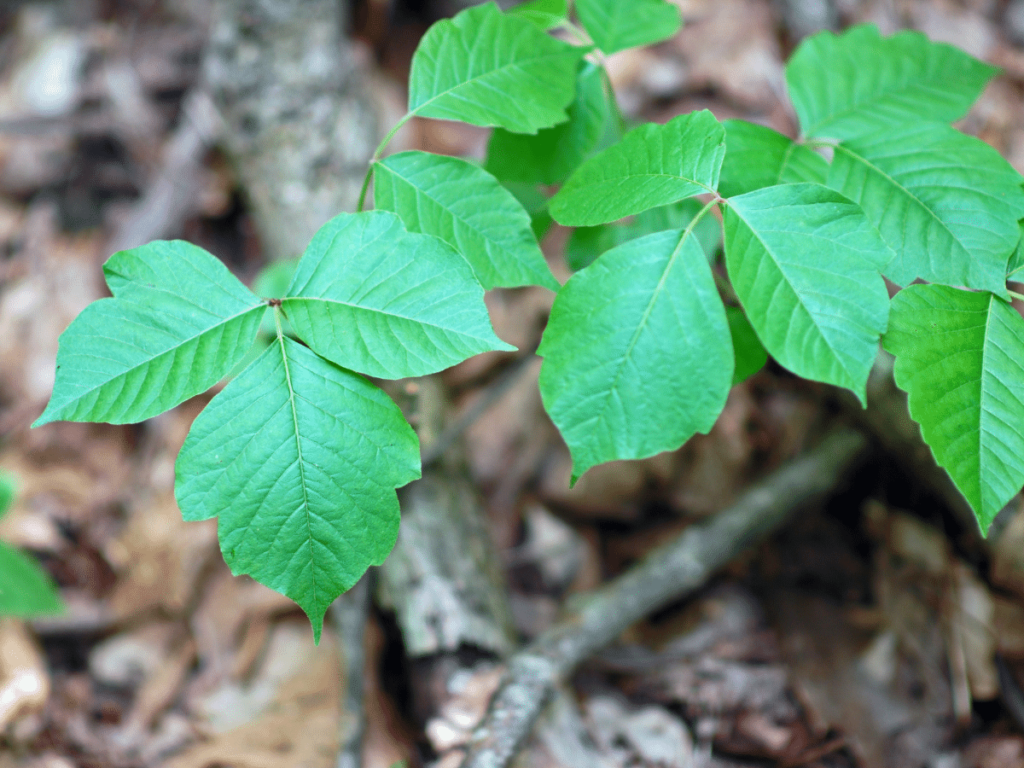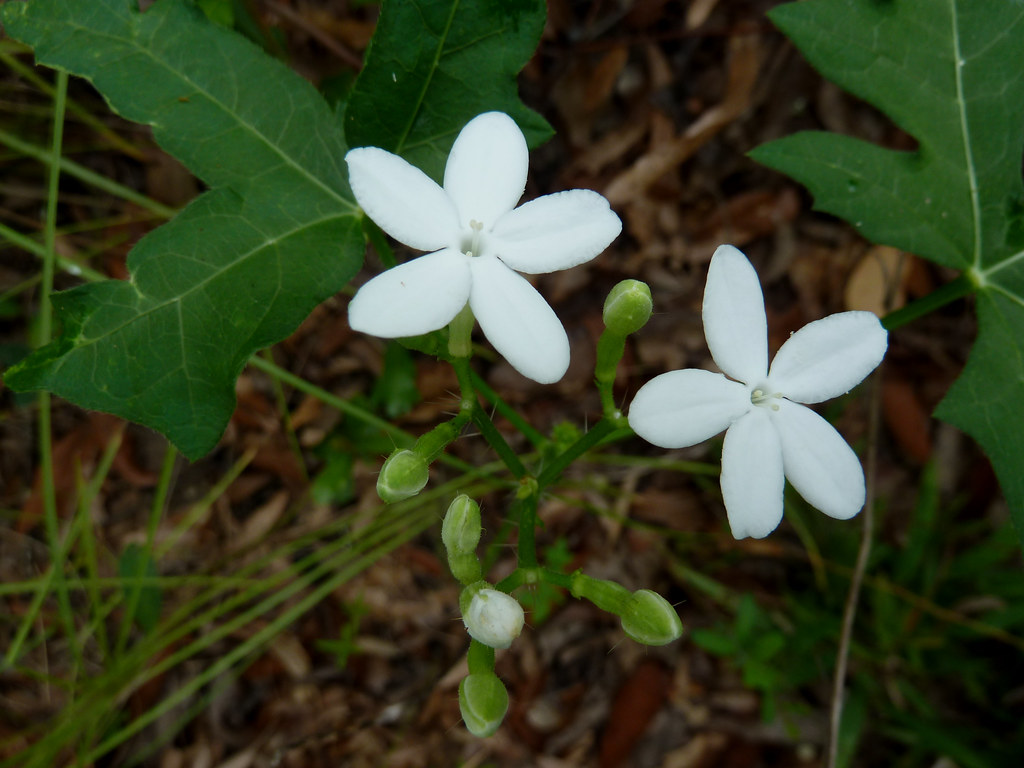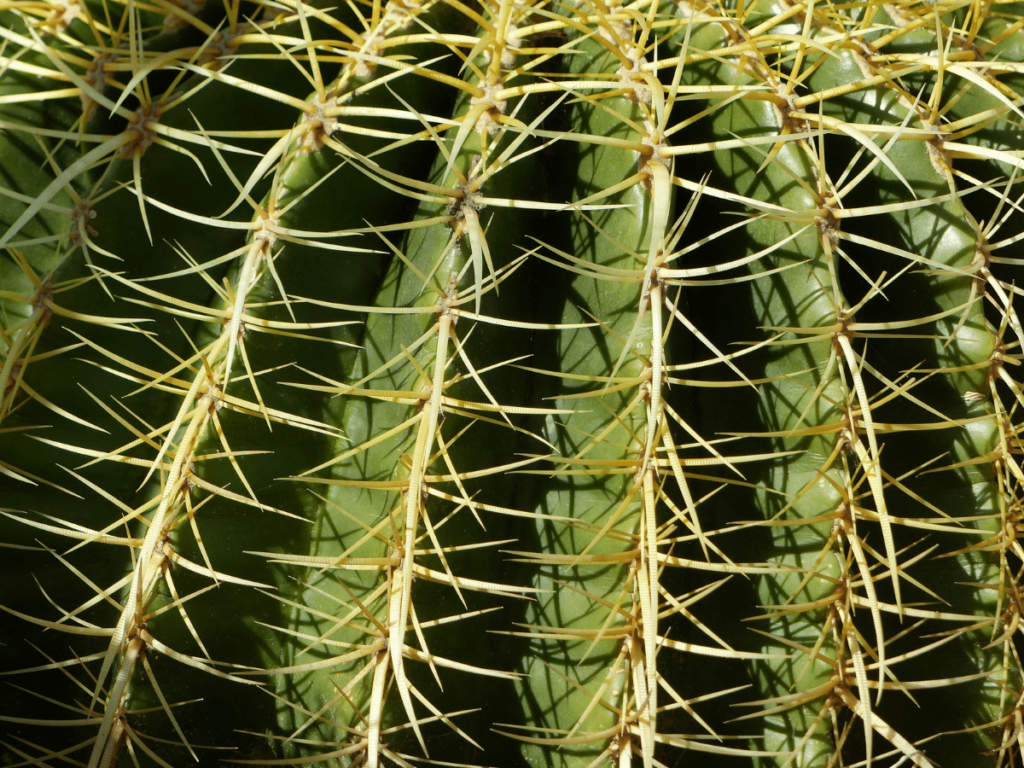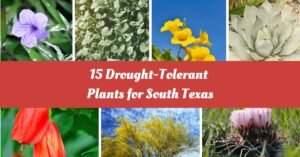There are plants in the world that are not worth getting close to, even if they don’t look dangerous. These plants may have thorns, spines, or sharp leaves that can cause a painful puncture or even a nasty slash.
Some of these plants can also produce potent poisons, so it’s essential to be aware of what you’re dealing with before touching them.
In this article, we have listed 9 such plants that should be not be touched.
Manchineel

Manchineel(Hippomane Mancinella) plant is commonly found in Florida and the Caribbean. It is infamously known as “Beach Apple” because of its uncanny resemblance to apples.
The entire plant is known to be toxic and dangerous to humans and animals.
Manchineel contains toxins that can kill you if you ingest its fruit. The toxin phorbol, which is found in Manchineel, has been known to cause death in animals. It also causes severe skin allergies in humans when the skin gets exposed to the milky sap of Manchineel’s leaves and barks.
The toxin can enter your bloodstream and travel to your heart and other organs if ingested. There is no antidote for manchineel poisoning, so if you are ever exposed to the plant, be sure to get medical help as soon as possible.
Poison Ivy

Poison ivy, popularly known as “leaves of three,” and its relatives poison oak and poison sumac are pretty dangerous in the eastern regions of North America.
All three contain a chemical called urushiol, which can cause a painful rash on the skin.
If you are ever in contact with poison ivy, it’s essential to wash the area immediately with soap and water.
Poison ivy oil can also cause blisters on the skin and persistent irritation even after the rash has gone away. Do not touch your eyes or nose while you have a poison ivy rash; these areas may contain oils that can irritate your eyes and nose.
Poison ivy can also persist on clothes, shoes, tools, and other objects. Be sure to clean them thoroughly if they contact poison ivy.
Stinging nettle

Stinging nettle is a common weed found throughout North America. It can be found in fields, meadows, and woodlands.
This plant produces small leaves that are covered in stinging hairs. Its leaves are generally soft and green in color. The leaves and stems of the nettle plant can produce formic acid, which can cause skin irritation and a burning sensation when contact is made.
Young stems and leaves are susceptible to the effects of formic acid. If stung by this plant, it is crucial to remove any offending plants as soon as possible so that the skin does not become infected.
The itchy rash that can develop from stinging nettle exposure can last for a few days.
Hogweed

Hogweed (Heracleum sphondylium) is a common weed in many parts, including the United States. Hogweed leaves and sap contain furocoumarins, which can cause severe blisters if skin comes into contact.
The sap can also cause blindness if it accidentally gets into the eyes.
Water hemlocks (Cicuta sp.) are related to hogweed. They can also produce sap that causes severe blisters when it comes into contact with skin.
You must note that the wild carrot has a striking resemblance to the hogweed. One must be wary of touching anything that looks like a tall-carrot plant with white flowers.
Tread-softly

Tread-softly (Cnidoscolus stimulus) is found primarily in the southern parts of the United States.
Its stinging hair is present on the leaves, fruits, and flowers which can cause intense itching. Usually, the painful effects last for a couple of hours.
Some people have a chance of skin discoloration for several days if its toxic compounds get through the skin.
Wood Nettles

Wood Nettles is a common weed found in many gardens. They are also found in nature and can be found growing wild.
Wood Nettles have sharp stingers on their leaves and stems, which can cause pain and swelling when touched.
Usually, the symptoms last for a couple of hours.
Cacti

Many people know about this plant which is commonly found in North America. Although people keep a safe distance from them, some are
Even the slightest brush against a spiny cactus can cause an intense and dangerous reaction if you’re not careful. Additionally, cacti have several sharp glochids (thorns) located all over their bodies. If you get one in your skin, it can be excruciating.
Crucifixion Thorn
Crucifixion Thorn is a large, thorny shrub found in the southwestern United States and Mexico. The plant grows to be about 6-8 feet tall and has thorns that can grow up to 2 inches long.
Crucifixion Thorn is considered an invasive species in many areas, where it crowds out other plants.
The thorns are also dangerous, causing severe cuts or even puncture wounds. However, it doesn’t contain toxic sap like some other plants mentioned in this list.
Agave Plants

Agaves are a type of succulent plant found in many parts of the world. These plants typically grow in warm climates and often have sharp, rigid spines on their leaves.
The spines can easily cause skin irritation and even a rash if they contact the skin. Some people also report experiencing blistering or other types of skin irritation when they are exposed to agaves.
What are the standard features of poisonous plants?
There is no one answer to this question, as different plants can be poisonous in different ways. However, many poisonous plants share some standard features, such as toxic yellow berries or leaves, sap that can cause skin irritation or plants shaped like an umbrella, and flowers that are brightly colored or plants shaped like an umbrella.




